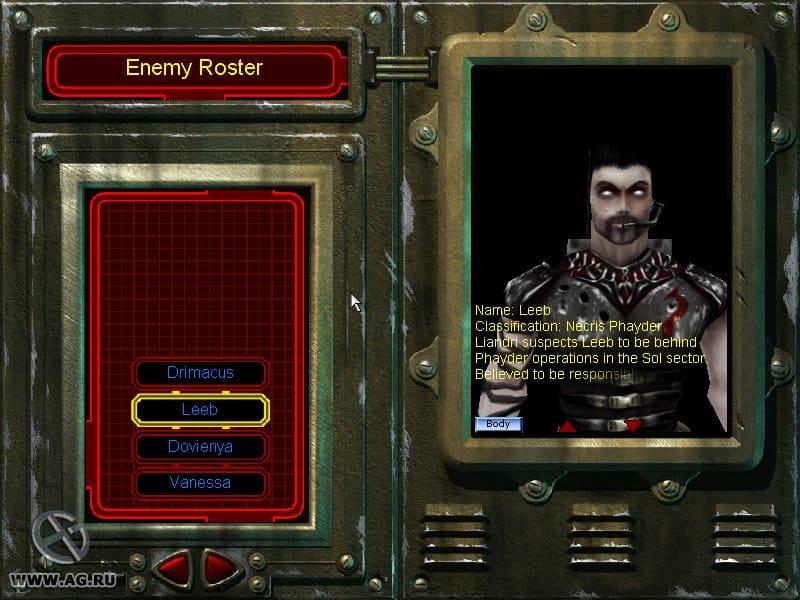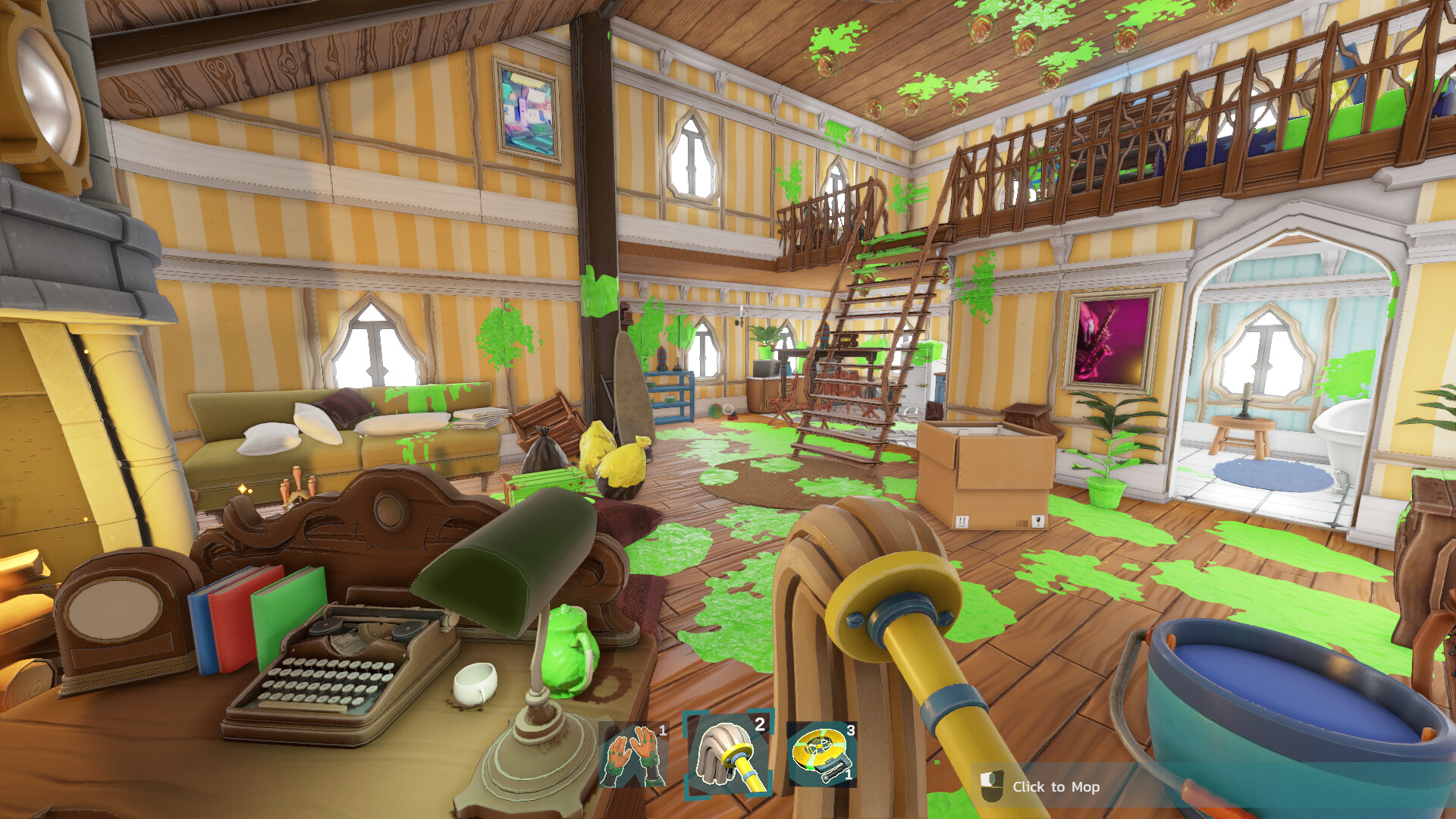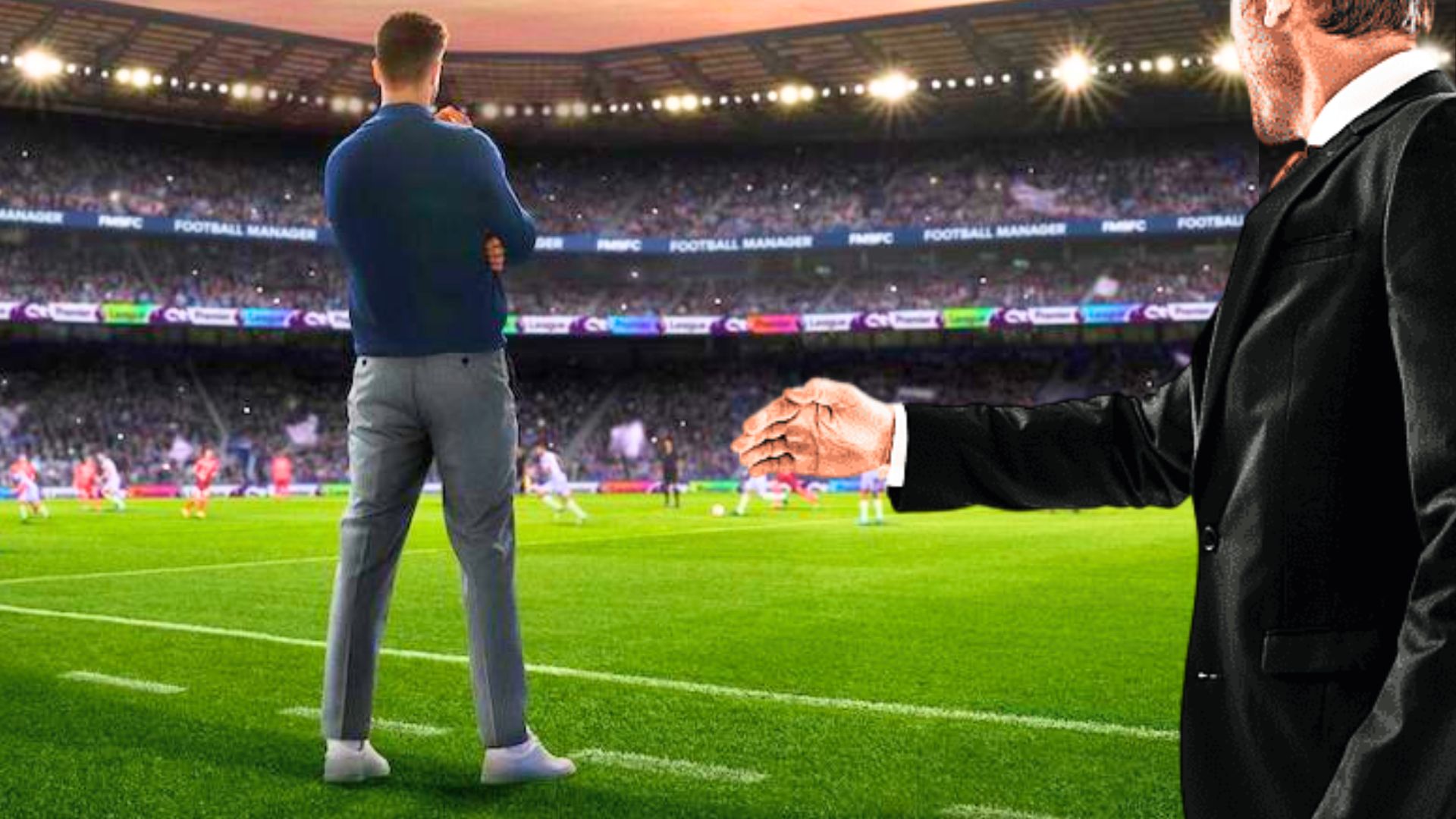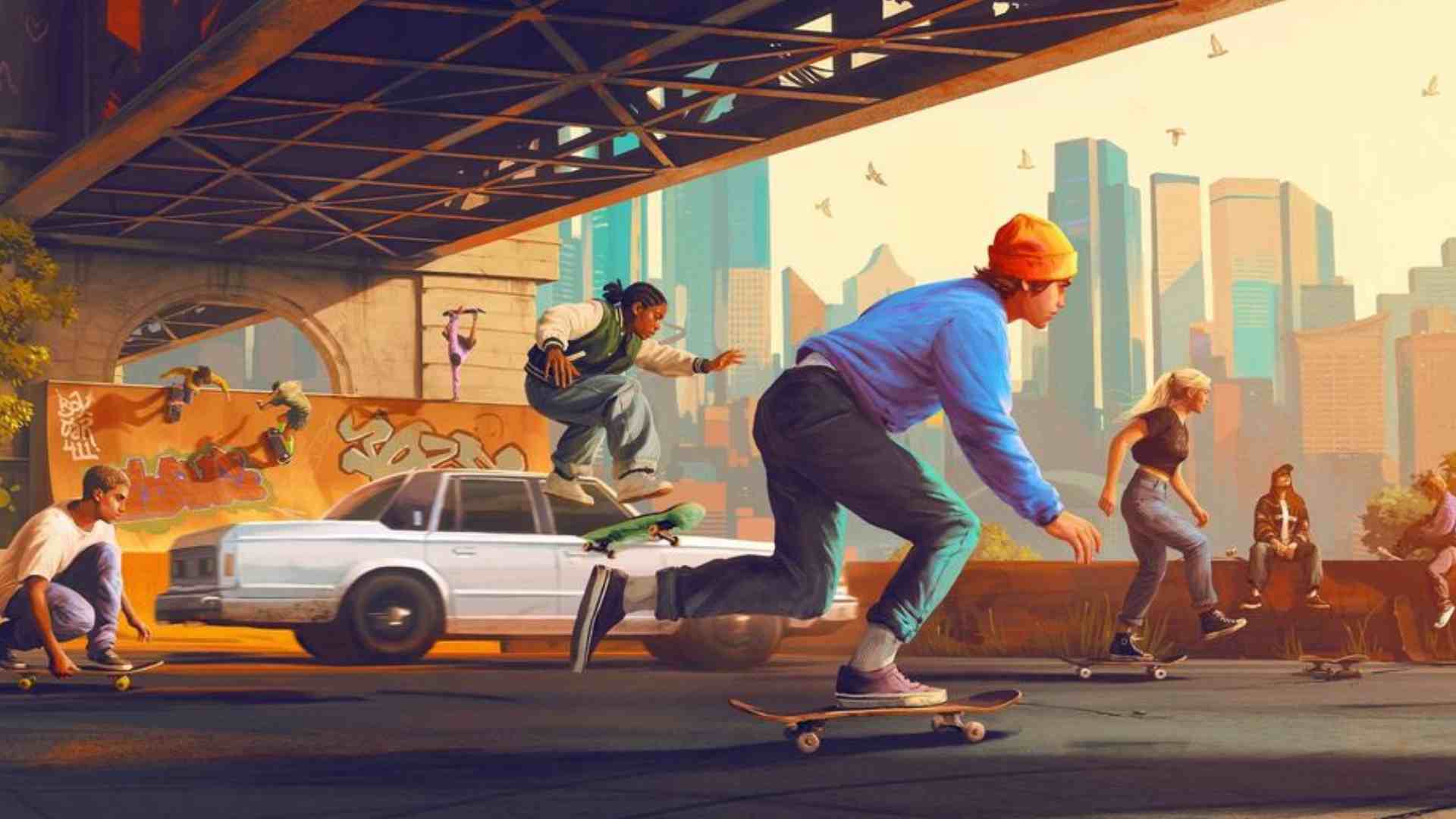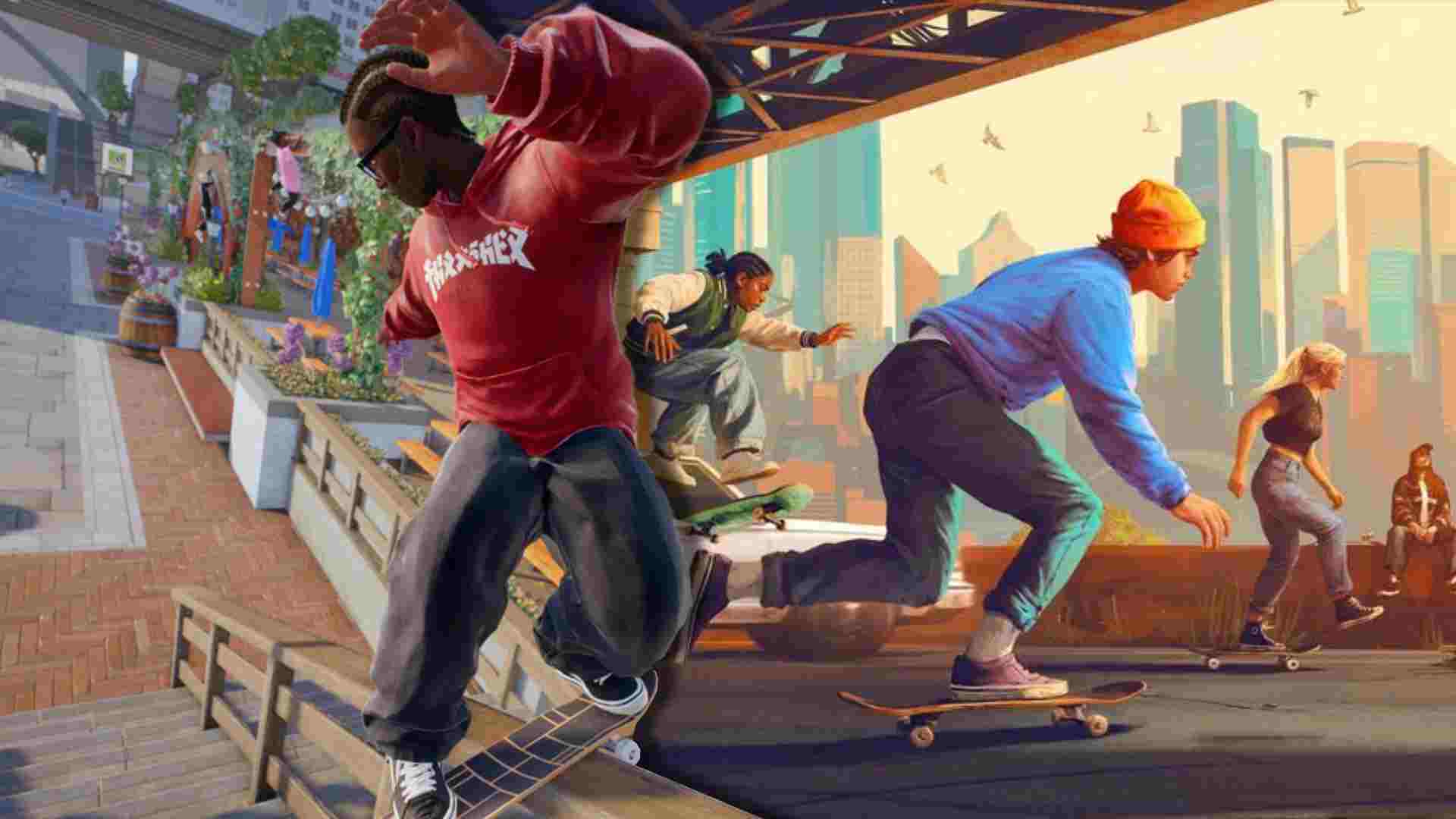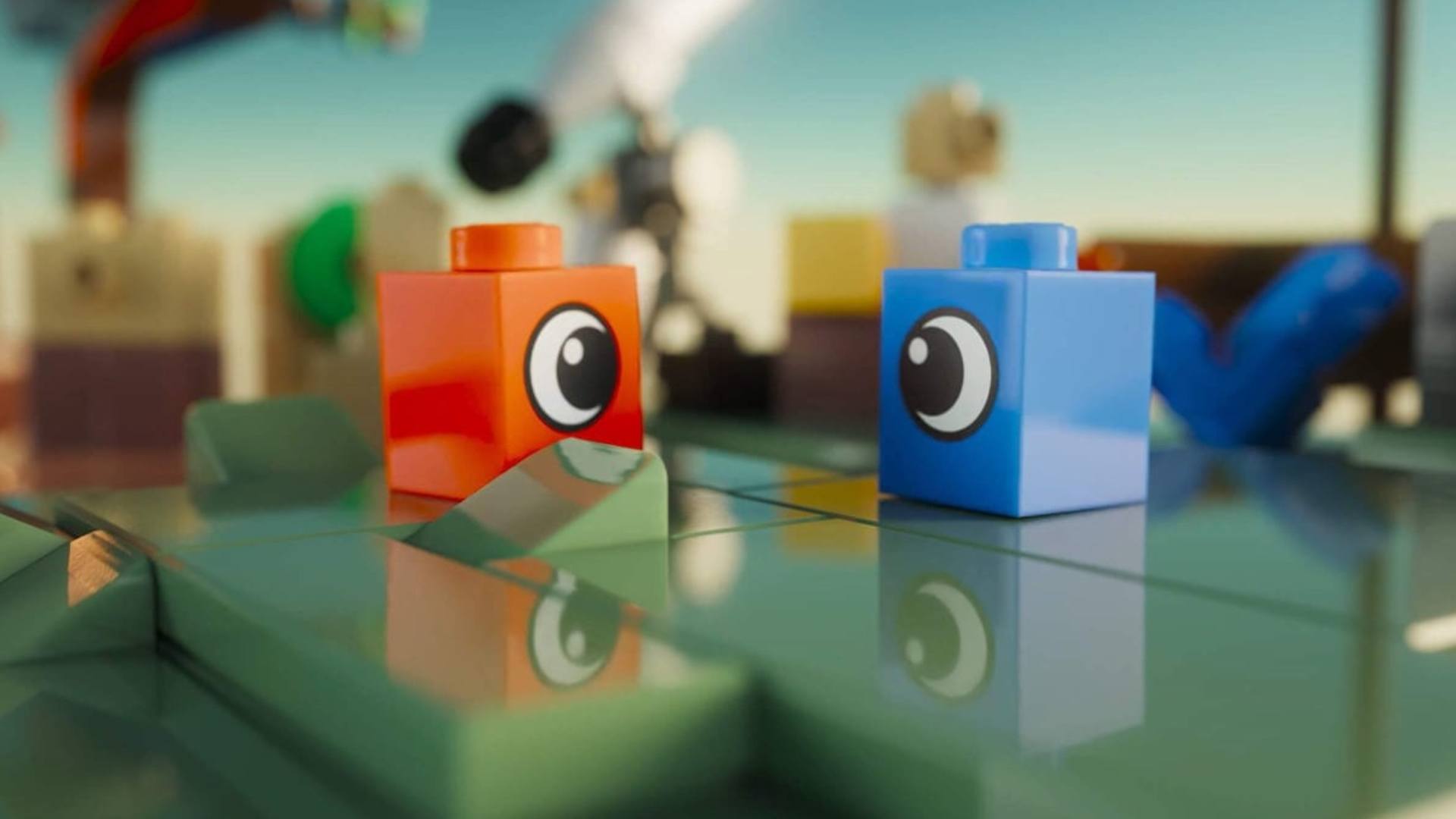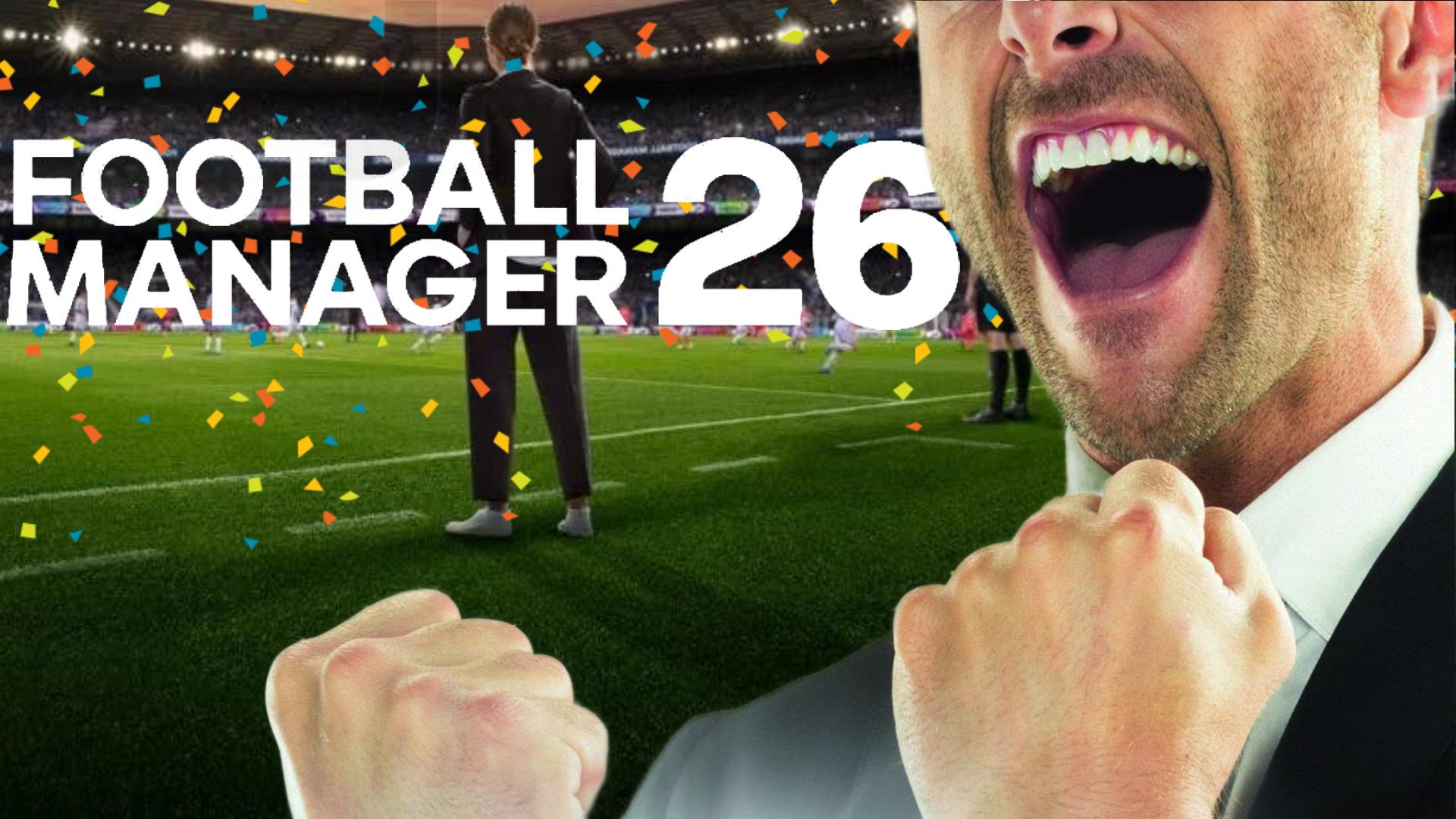You can trust VideoGamer. Our team of gaming experts spend hours testing and reviewing the latest games, to ensure you're reading the most comprehensive guide possible. Rest assured, all imagery and advice is unique and original. Check out how we test and review games here
The first time I played Unreal Tournament was, to my great shame, not on PC in 1999, but on PS2 when it was ported in 2001. I don’t remember much about the early 2000s, thanks to that lobotomy I had to remove any trace of Limp Bizkit lyrics, Richard Blackwood, and Kangol flatcaps.
Despite this, I do recall things being better then: I was 16 and worked in a bingo hall (the skills of diplomacy and skullduggery, which have served me well since, were honed in those years: there is no greater political challenge than that of a room full of OAPs who don’t know how air conditioning works). Alex Ferguson was still the manager of Manchester United, and more importantly the world hadn’t yet willingly changed into a vengeance and celebrity/self-obsessed naval gazing game preserve. Selfie meant something quite different, and yet was still less wanky than what it means now.
2014 is a markedly different place, as you’ve probably noticed. Technology has evolved to make everyone not just the star of their own novels, but also of their own TV shows, music videos and viral ad campaigns. Everything is f***ed: the environment, Manchester United, my job at the bingo hall. But UT remains the same. It’s still lightning fast, still utterly addictive, and the Bio Rifle is still s***. It remains, frozen in time.
Which is why, returning to it – on PC, calm down – for the first time in well over 10 years, I still enjoy playing it, one map in particular. (Actually, there are two, but I think Facing Worlds has had quite enough press, don’t you? It’s great. We know.) I talk, of course, of Overlord, created by Dave Ewing, who went on to be a lead level designer at Epic.
Based on the WW2 Allied military offensive of the same name, Overlord is the most interesting map in one of the game’s most interesting modes, Assault. Like its historical inspiration, the idea is to fight your way from a landing craft onto a beach, breach a bunker, and destroy a large artillery cannon. As with all Assault games, the defenders have to hold out for a certain amount of time (10 minutes, in this instance) at which point the round ends and the teams switch sides.
Fighting not just against your opponents but the clock, Assault, and Overlord in particular, was one of the first FPS modes I played that emphasised the importance of territory, not just position. Quake III, which would launch after – if in the same year as – Unreal Tournament, would also help popularise the arena shooter, and its mixture of expansive yet intricate stages made outwitting your opponent as important as outfighting them. It set the standard for the Call of Dutys of this world – in fact, Quake III code can still be found lurking within that series.
It was Overlord, however, that made me feel like I was actually in a conflict, not in a hyper-violent dance. Assault seems somewhat at odds with the manic freneticism of UT, but by favouring strategy over strafing, haste over headshots, it gave meaning to all those gibs, rocket shots and m-m-m-monster kills beyond a score on a board.
There’s a definite sense of push and pull in Overlord, which only intensifies when the attackers overrun the beach and head into the bunker and control centre killrooms.
After the effort of getting off the beachhead – not an easy task, what with automated sentry guns, grenade launchers, and the other team – the offensive force is then funneled into a tiny room of death, not unlike that scene in The Rock when the SEALs make their final stand. It’s a make or break situation: the attackers have only one point of entry and the defenders have the high ground.
There’s pressure on the defending team, though: lose this room, and the attackers only have one more to traverse before winning the round. There’s barely anything more panic-inducing in than respawning as a defender, not into the bombast of gunshots or explosions, but in a corridor of warp gates, the gently panic-inducing wail of the klaxons in the background as you make your choice of where to engage the enemy next. Choose wisely.
Overlord and its parent gametype are obvious forerunners to Battlefield, especially the Rush mode found in later instalments. Its influence can also be found in games such as Wolfenstein: Enemy Territory, which has its own version of Overlord, and any other FPS which features territory-based fighting. Facing Worlds (rightly) is the most-remembered map from Unreal Tournament, but Overlord still holds up. Here’s hoping for an updated version in the recently announced remake.
Unreal Tournament
- Platform(s): Classic Macintosh, Dreamcast, Linux, PC, PlayStation 2
- Genre(s): Action, Shooter
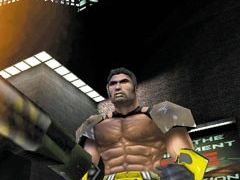
/https://oimg.videogamer.com/images/c334/unreal_tournament_4.jpg)
